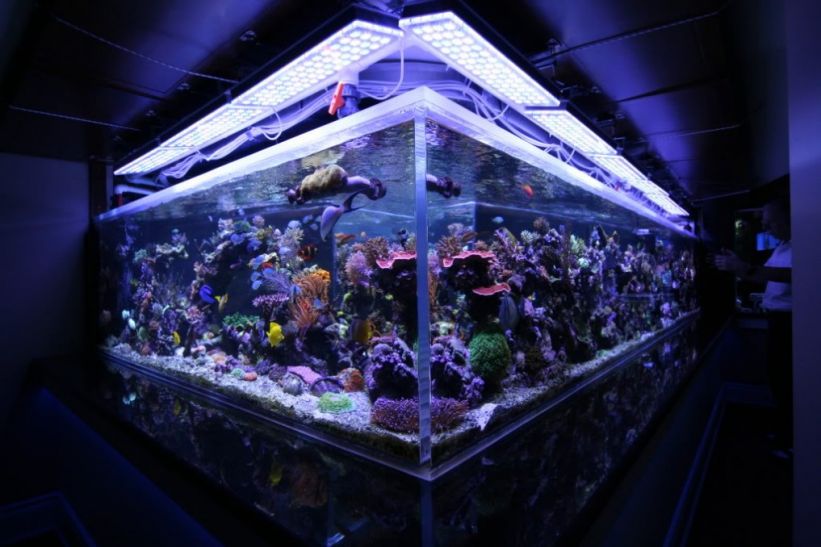The “reef safe” label is often a misused one. While it has accurately described some fish here and there, the term itself is a bit misleading. On top of that, it’s often used as part of a broad stroke approach to put certain fish into categories for people either not willing to do their own research or too scared to venture off the beaten path. As far as the term being misused, when people safe reef safe, they often mean invertebrate or community safe. The fish fall into these categories based on whether or not they’ll eat your expensive shrimp or demolish your cleanup crew.
To make matters more complicated, fish don’t conveniently fit into the reef safe or not reef safe boxes. Inclusion into either of these categories can only be based on the individual, and not the species. While it is usually a safe bet to go with the species description, there are plenty of reef safe fish that will develop a taste for your fancy shrimp or even corals. I can’t tell you how many stories I’ve heard where a tang developed a liking for zoanthids, or a lionfish was a happy reef tank resident for years. It’s a complicated term that doesn’t fit every fish so nicely, and this is very important to keep in mind when making your livestock selections.





